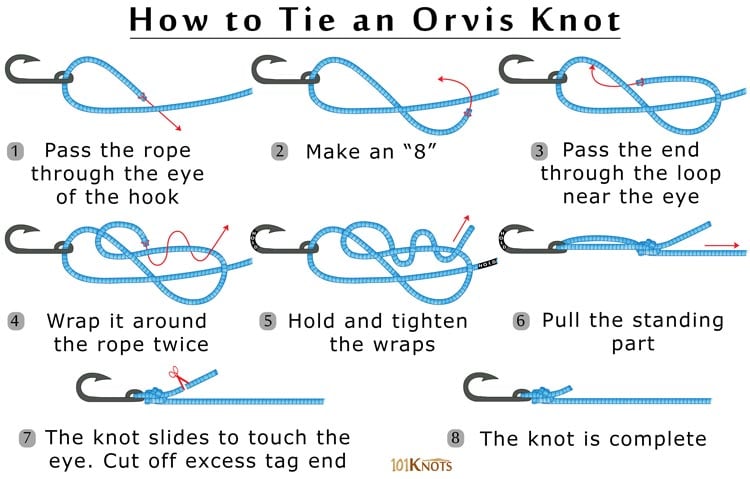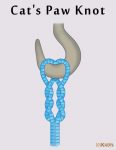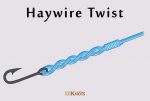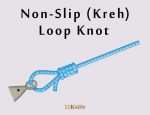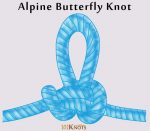Home / Fishing Knots / Orvis Knot
Orvis Knot
This knot was invented by Larry Becker in a contest held by the famous fly fishing retailer Orvis to find the best knot attaching line to hook. Hence it is also known as the Becker knot. It works well with any tippet material and heavy as well as light lines. It is small, light and easy to remember. It retains almost all of the line’s original breaking strain.
How to Tie an Orvis Knot
Tips
- In the initial steps, a figure 8 knot is formed that serves as the base.
- It suits small flies.
- Creating a small head, it doesn’t get in the way of small dry flies or nymphs.
- The clinch knot is more cumbersome to tie, especially in the dark.
Variation
- Orvis tippet knot – A strong and easy leader to tippet knot.
Advantages | Disadvantages |
|
|
Uses
- Fly fishing.
- Connecting leader line to swivel and/or
- Can connect mono/fluorocarbon to hook or lure.
Video
How to Tie an Orvis Knot Step by Step
- Pass the rope through the eye of the hook
- Make an “8”
- Pass the end through the loop near the eye
- Wrap it around the rope twice
- Hold and tighten the wraps
- Pull the standing part
- The knot slides to touch the eye. Cut off excess tag end
- The knot is complete


